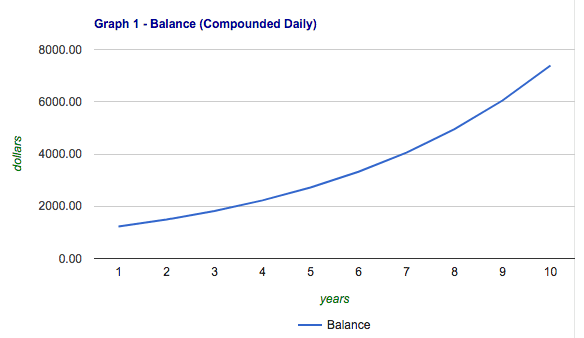A fictitious country that is designed from scratch to personify all the excesses of capitalism, greed, workaholism, and consumerism to create a society that is soulless, heartless, and unhappy. The value of citizens is measured by their job title, salary, and sacrifices made in the pursuit of money, wealth, status, success, and recognition. Love is measured by external factors, rather than internally, inequality reaches extreme levels with an attitude towards the less fortunate that they have access to the same opportunities and don’t make anything of themselves, therefore they are undeserving. The media spews bad news, while the future is talked up frantically with pollyanna optimism. Art, aesthetic, nature, philosophy, and spirituality are devalued and discouraged as wastes of time and opportunity. Rich celebrities and capitalists are celebrated while kindness and compassion are marginalized due to a low perceived ROI. Working longer and longer hours are seen as heroic with intense competition for who can sacrifice the most personal life for the career, for success, and for recognition. Vacations are frowned on for people who are not committed. An inability to relax leads to a frenetic pace of life that is classic time poverty, with heart disease and depression masked by fashion, youth, and artificial beauty.
Leadership Advocate and Co-Founder of the Goldzone Group. I help leaders to master the new rules of leadership for the new economy. Over the past 30 years, I have visited more than 500 cities in 54 countries to explore, learn from, and help many of the world’s leading companies, leaders, and luminaries in science, technology, health, finance, and entrepreneurship.

